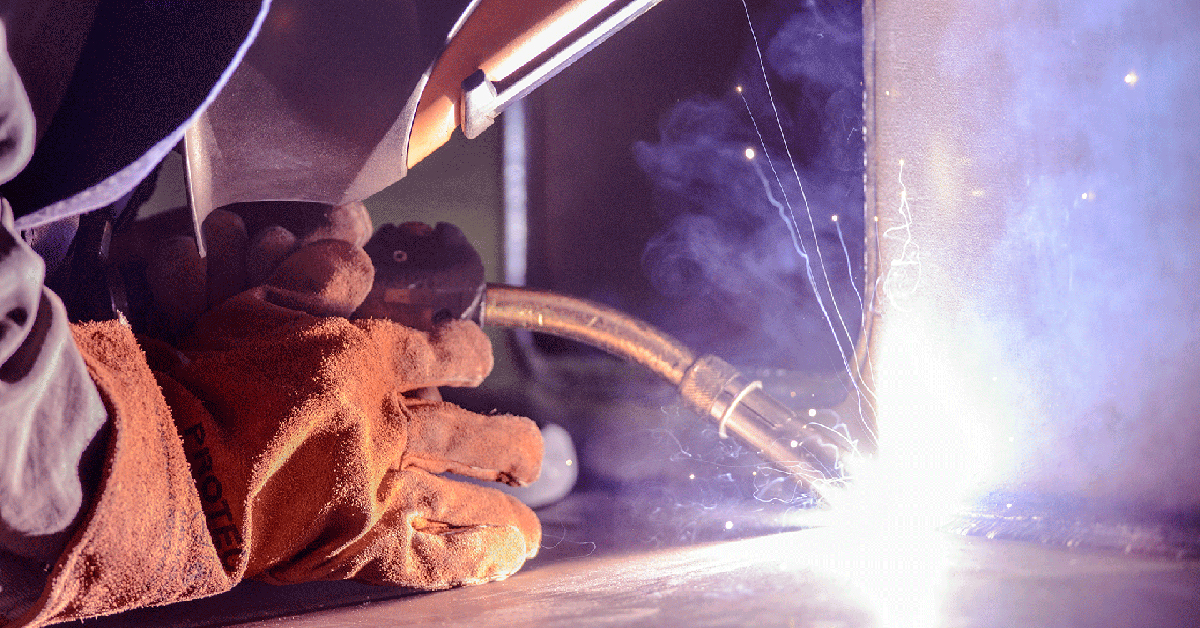Efficient Ways to Prevent Weld Undercut in Your Welding Tasks
Efficient Ways to Prevent Weld Undercut in Your Welding Tasks
Blog Article
Understanding the Art of Welding: Just How to Stay Clear Of Undercut Welding Issues for Flawless Construction Outcomes
By comprehending the root causes of undercut welding and applying effective methods to avoid it, welders can raise their craft to new degrees of excellence. In the quest of flawless manufacture outcomes, understanding the art of welding to avoid undercut concerns is not simply a skill but a need for those aiming for excellence in their work.
Understanding Undercut Welding

To stop undercut welding, welders must guarantee proper welding specifications, such as adjusting the existing, voltage, travel rate, and preserving the correct electrode angle. Furthermore, utilizing the suitable welding strategy for the specific joint setup is necessary. Utilizing weaving motions or backstepping methods can aid ensure proper weld metal deposition and lower the probability of undercut development. Routine inspection of welds during and after the welding procedure is likewise vital to catch any type of undercut early and make required changes to stop further flaws. Preventing weld undercut. By recognizing the sources of undercut welding and implementing precautionary procedures, welders can achieve high-quality, structurally audio welds.
Sources Of Undercut in Welding
Comprehending the factors that add to undercut in welding is essential for welders to generate high-grade, structurally audio welds. When the weld steel does not properly fill the groove created in between the base metal and the formerly deposited weld metal, undercutting happens. A number of variables can cause undercut in welding. One usual cause is too much warmth input. Welding at heats for extended periods can result in the base steel melting even more than wanted, leading to damage. Poor welding present or wrong welding speed can additionally add to damage. Inadequate current might not give enough warm to melt the base and filler steels effectively, while extreme rate can avoid appropriate fusion, triggering undercut. In addition, improper electrode angles or incorrect lantern control methods can develop locations of low weld metal deposition, advertising undercut. Recognizing these reasons and applying appropriate welding methods can help stop damaging concerns, guaranteeing long lasting and strong welds.
Techniques to Protect Against Undercutting

To reduce the risk of undercutting in welding, welders can utilize tactical welding techniques targeted at improving the high quality and honesty of the weld joints. One effective method is to change the welding criteria, such as voltage, present, and travel speed, to guarantee appropriate heat input and deposition. Maintaining an ideal electrode Discover More angle and making certain consistent traveling rate can also aid prevent undercut. Furthermore, using the proper welding technique for the details joint configuration, such as weave or stringer grains, can add to lowering damaging. Preventing weld undercut.
Using back-step welding methods and controlling the weld bead profile can likewise help distribute warmth equally and reduce the danger of undercut. Regular assessment of the weld joint throughout and after welding, as well as implementing high quality assurance measures, can assist in attending to and detecting undercutting concerns promptly.
Importance of Correct Welding Specifications
Choosing and keeping appropriate welding criteria is essential for achieving effective welds with very little defects. Welding parameters describe variables such as voltage, existing, take a trip rate, electrode angle, and shielding gas circulation price that straight influence the welding process. These specifications should be very carefully readjusted based upon the type of product being welded, its density, and the welding technique used.
Proper welding criteria make sure the ideal quantity of warmth is used to melt the base steels and filler product uniformly. If the criteria are established expensive, it can bring about extreme warm input, triggering spatter, burn-through, or distortion. On the various other hand, if the specifications are too reduced, incomplete combination, lack of penetration, or undercutting might occur.
Quality Control in Welding Workflow
Conclusion
In conclusion, mastering the art of welding needs a comprehensive understanding of undercut welding, its causes, and strategies to prevent it. By ensuring appropriate welding specifications and applying quality control practices, remarkable manufacture results can be attained. It is vital for welders to consistently pursue excellence in their welding operations content to prevent undercut problems and generate top quality welds.
Undercut welding, an usual flaw in welding procedures, takes place when the weld metal does not appropriately load the groove and leaves a groove or clinical depression along the welded joint.To avoid undercut welding, welders should guarantee correct welding specifications, such as changing the existing, voltage, site web travel speed, and keeping the correct electrode angle. Inadequate welding existing or wrong welding rate can also contribute to damage.To alleviate the danger of undercutting in welding, welders can use tactical welding methods aimed at enhancing the high quality and honesty of the weld joints.In final thought, mastering the art of welding requires a comprehensive understanding of undercut welding, its reasons, and methods to avoid it.
Report this page